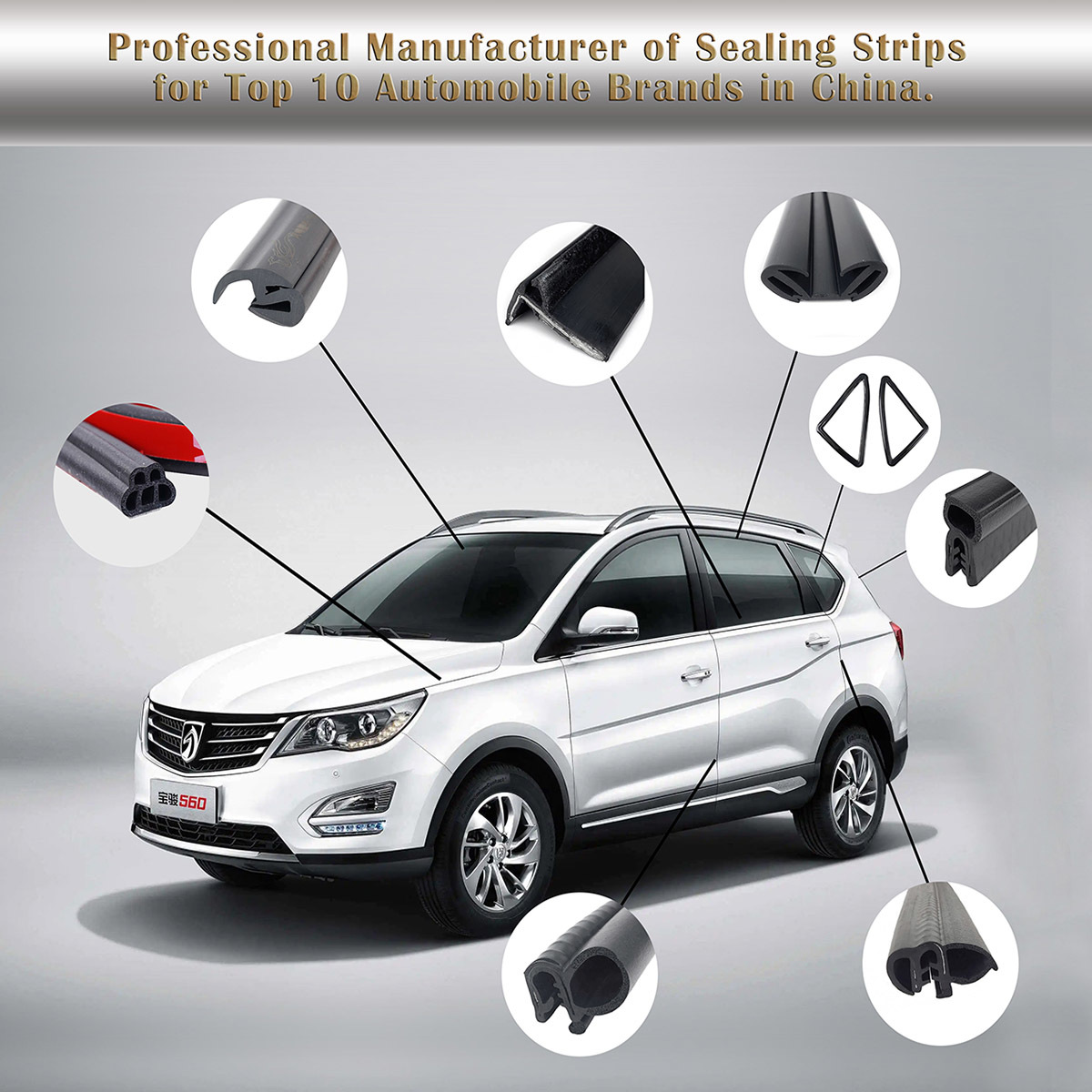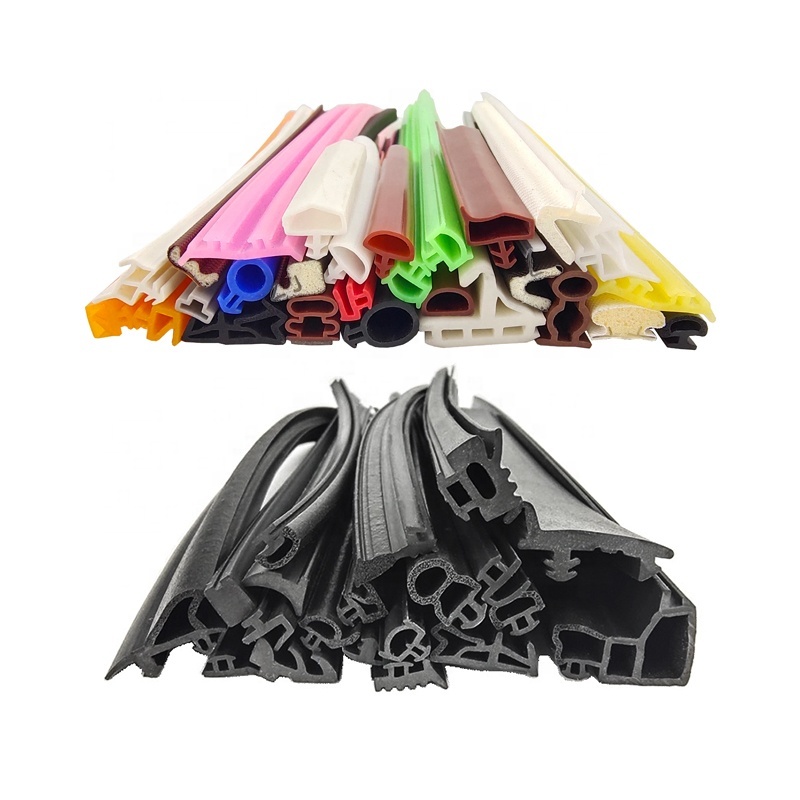Core Requirements for EV Sealing Strips
2025-11-13

**Core Requirements for EV Sealing Strips**
**1. Superior Acoustic Performance (NVH Control)**
* **Context:** With the absence of engine noise, wind and road noise become the dominant sources of cabin noise. Any imperfection in sealing is highly noticeable, degrading the premium and quiet experience expected in an EV.
* **Requirements:**
* **Excellent Wind Noise Sealing:** Must create a flawless barrier to prevent wind whistling around doors, windows, and glass.
* **Enhanced Compression Force:** Must maintain uniform and sufficient contact pressure to eliminate gaps when doors, windows, or hatches are closed.
* **Advanced Cavity Design:** The internal structure of the seal must be optimized to act as a more effective sound barrier and absorber.
**2. Lightweighting**
* **Context:** Every gram saved contributes directly to extending the vehicle's driving range.
* **Requirements:**
* **Material Innovation:** Use of lower-density materials like **TPV (Thermoplastic Vulcanizate)** to replace traditional, heavier EPDM rubber where possible.
* **Thin-Walling & Foaming:** Optimizing cross-sectional design to use less material without compromising sealing performance.
* **Part Integration:** Combining multiple functions into a single seal to reduce the number of parts and total weight.
**3. High-Voltage System & Battery Pack Sealing**
* **Context:** This is a critical **safety requirement** unique to EVs. The battery pack and high-voltage components must be completely protected from environmental elements.
* **Requirements:**
* **High Ingress Protection (IP Rating):** Battery pack seals must reliably achieve **IP67, IP68, or IP69K** ratings to protect against dust and high-pressure water immersion, even in flooding scenarios.
* **Low Compression Set:** Must resist permanent deformation over the vehicle's entire lifespan (often 10+ years) to maintain a consistent seal and IP rating.
* **Chemical Resistance:** Must withstand exposure to road salts, battery electrolytes, and cleaning agents.
**4. Integration and "Smart" Functions**
* **Context:** EVs are platforms for advanced technology, and sealing systems are evolving to integrate new functions.
* **Requirements:**
* **Frameless Door Sealing:** The seal must guide and tightly interface with the moving window glass as it rises to meet the roof-line, requiring high precision, durability, and low friction.
* **Sensor Integration:** Seals may house sensors for features like automatic doors, anti-pinch systems, or rain-sensing.
* **Wire Harness Routing:** Seals may incorporate channels or clips to route and protect wires for electronic components like flush door handles and cameras.
**5. Enhanced Durability and Weatherability**
* **Context:** EVs are subject to global market demands and have sensitive thermal management systems.
* **Requirements:**
* **Wide Operating Temperature Range:** Must remain flexible and functional in extreme cold and heat, protecting the cabin and battery thermal management.
* **UV and Ozone Resistance:** Must not crack, harden, or degrade after prolonged exposure to sunlight.
* **Low Friction Coatings:** Sealing surfaces that contact glass must have special coatings to ensure smooth, quiet window operation and reduce motor load.
**Summary**
In essence, the EV sealing strip has transformed from a simple rubber part into a highly engineered **multi-functional component**. It is critical for:
* **Acoustic Comfort** (Creating a silent cabin)
* **Energy Efficiency** (Lightweighting for range)
* **Absolute Safety** (Sealing high-voltage systems)
* **Advanced Functionality** (Enabling new features)
The development of these seals is a complex field involving **advanced material science, precision engineering, simulation (CAE), and automated manufacturing processes.**
Previous:






